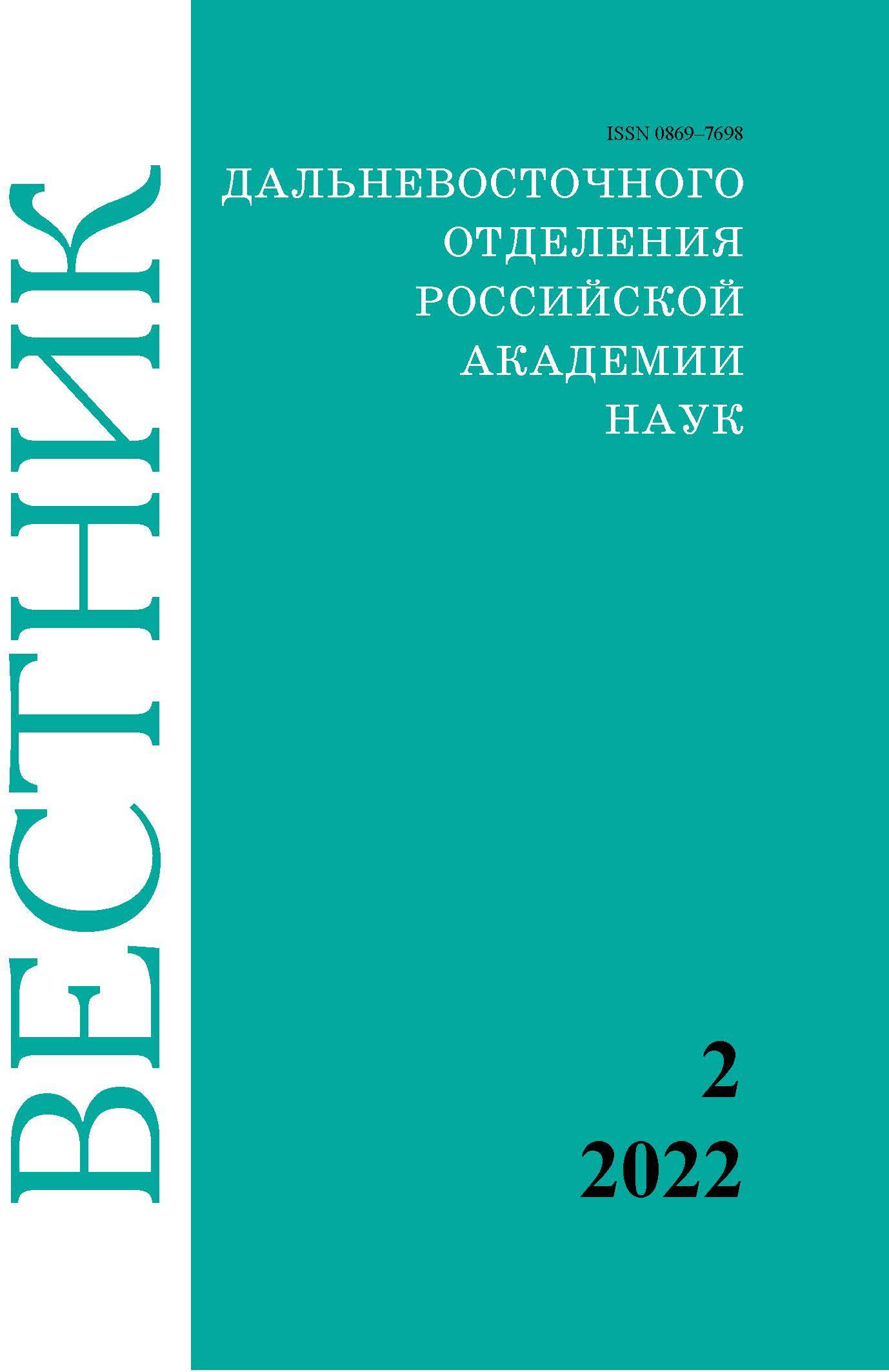Selection of microsatellite DNA loci for creating molecular genetic passports of wild forms and varieties of Amur soybean breeding
Keywords:
soybean, Glycine max (L.) Merr., Glycine soja Siebold & Zucc, SSR, microsatellites, DNA, certification, genetic diversityAbstract
Currently, the assessment of the genetic diversity of crop varieties and the identification of breeding material is effectively carried out using various molecular genetic markers. Microsatellite markers (Simple Sequence Repeat, SSR) are most widely used to valuate genetic diversity as far as compared to others they are more reliable, locus-specific, reproducible, and have a high level of polymorphism, dominant and less affected by the environment. Amur soybean varieties have not previously been studied for DNA loci, so the purpose of this work was to select informative primers, optimal PCR conditions and identify stable reproducible polymorphism of amplified DNA fragments to create a system of molecular markers suitable for further identification and certification of varieties, lines and hybrids of soybean breeding FSBSI FRC ARSRIS. The material for the study was 7 varieties of soybeans of the Amur breeding and 3 forms of wild soybeans. Genomic DNA was isolated from 7-day-old soybean seedlings using a ready-made kit of reagents to precipitate genomic DNA from plants (LLC “Syntol”). 11 pairs of SSR primers with the optimal annealing temperatures (from 45 to 60 °C) were selected. Four primers did not hybridize with template DNA, despite the process optimization, Soypr1 locus was monomorphic. Unique sets of alleles were identified, and differences were observed at one or more loci. Four polymorphic loci (Sattl, Satt5, Sat36, and Soyhspl76) each contained two alleles, while loci Satt2 and Satt9 contained three alleles. The mean number of alleles per locus was 2.14. The values of the effective number of alleles varied from 1.00 to 2.78 with an
average value of 1.66. PIC values ranged from 0.18 to 0.63 with a mean value of 0.34. The obtained values characterize the polymorphism of the studied samples of the collection as average. Using PCR analysis, six loci with stable reproducible polymorphisms of amplified DNA fractions were selected, which allows them to be used for molecular genetic certification of soybean varieties.


